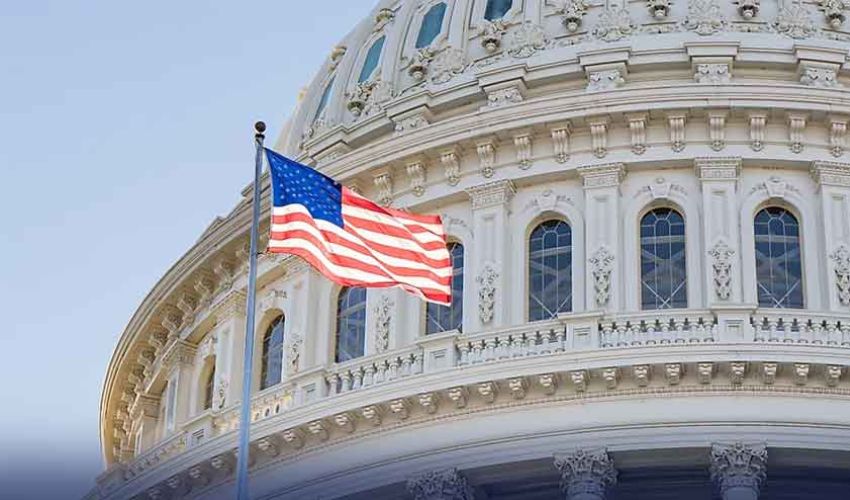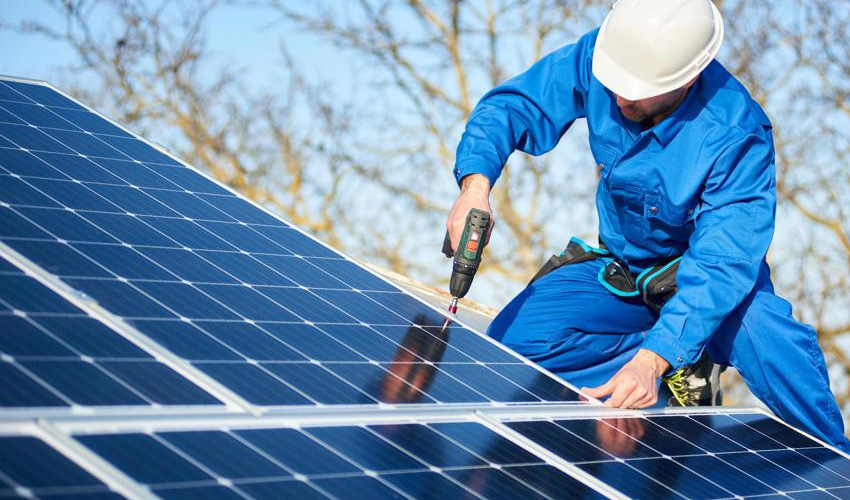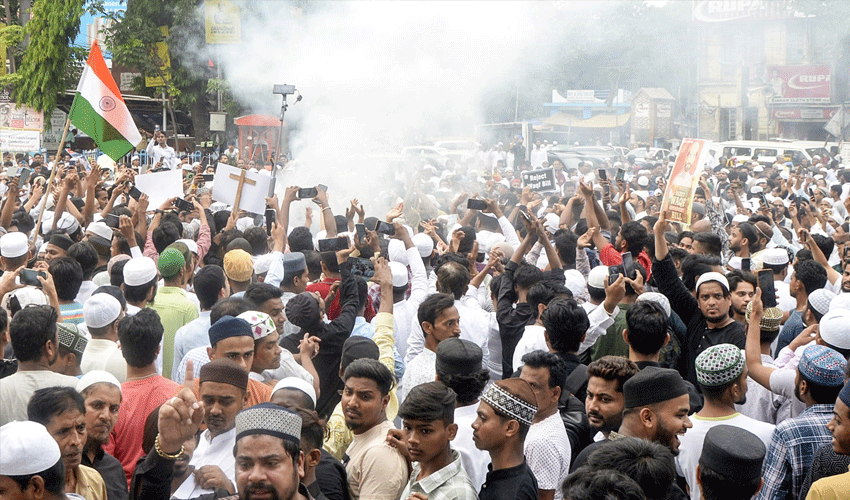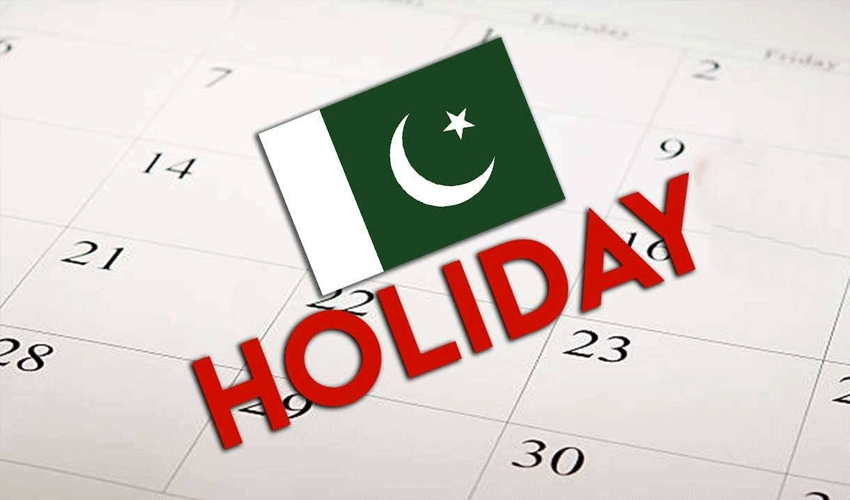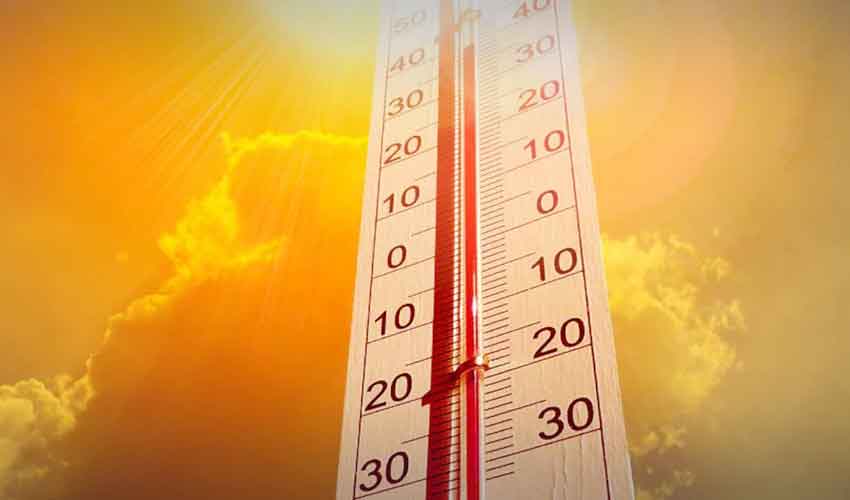Lahore with 12 million population witnessed rapid population growth led to swift urbanization and a shift from agricultural and open spaces to impervious surfaces, particularly in Lahore district.
WWF’s Research utilizing Remote Sensing and GIS technology has revealed a startling expansion of Lahore district's built-up area from 268.8 sq-km to 720.5 sq-km over 30 years, predominantly on fertile agricultural land.
During the same period, vegetation cover decreased from 1,307 sq-km to 904 sq-km.
The conversion of greenery into concrete has led to higher land surface temperatures in the city, contributing to increased electricity demand for cooling and air conditioning and more frequent urban heat island events
The construction of impervious surfaces has led to soil sealing, causing reduced rainwater absorption and contributing to flooding during heavy rainfall events, disrupting daily life and posing public safety risks.
The rapid urbanization has also affected Lahore's water table and water quality. Impervious surfaces prevent water from infiltrating the ground, resulting in depleted groundwater resources. The availability of drinkable groundwater has significantly decreased, requiring deeper wells. Research indicates that 24% of Lahore's residents consume contaminated water, exposing them to health hazards.
We are changing #Lahore - fast, and not for the better.
— Adil Najam (@AdilNajam) October 3, 2023
New @WWFPak graphic shows how urban sprawl is eating into Lahore’s greenery. Literally.pic.twitter.com/0Jqa3jadjJ
Lahore population
In the 67-year period from 1951 to 2017, Lahore's population surged by nearly 880%, from 1,134,757 to 11,119,985 residents, as reported by the Pakistan Bureau of Statistics.
The transformation has caused significant environmental issues, including increased energy costs, elevated air pollution levels, a rise in heat-related illnesses, and a heightened risk of flash floods.
The unchecked expansion of urban areas is particularly concerning as it encroaches on fertile agricultural land, natural habitats, and open spaces.
Lahore, smog and AQI
Additionally, construction activities in Lahore have made it the third-largest contributor to air pollution in the region. In 2022, Lahore ranked as the city with the worst air quality globally.








